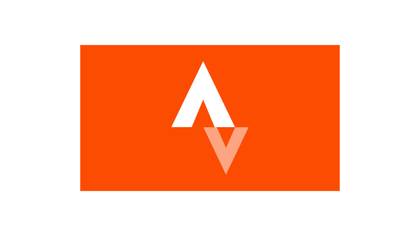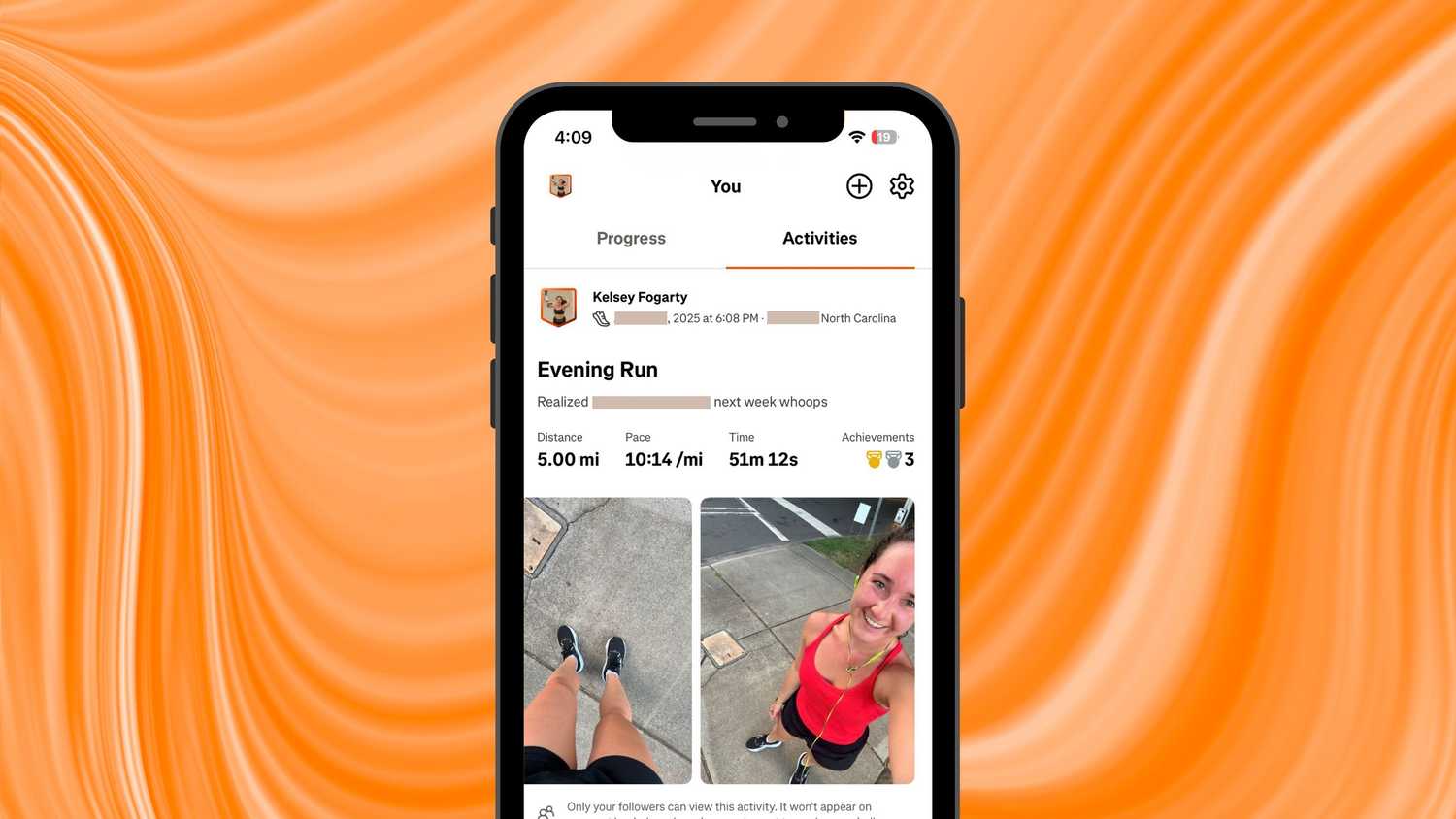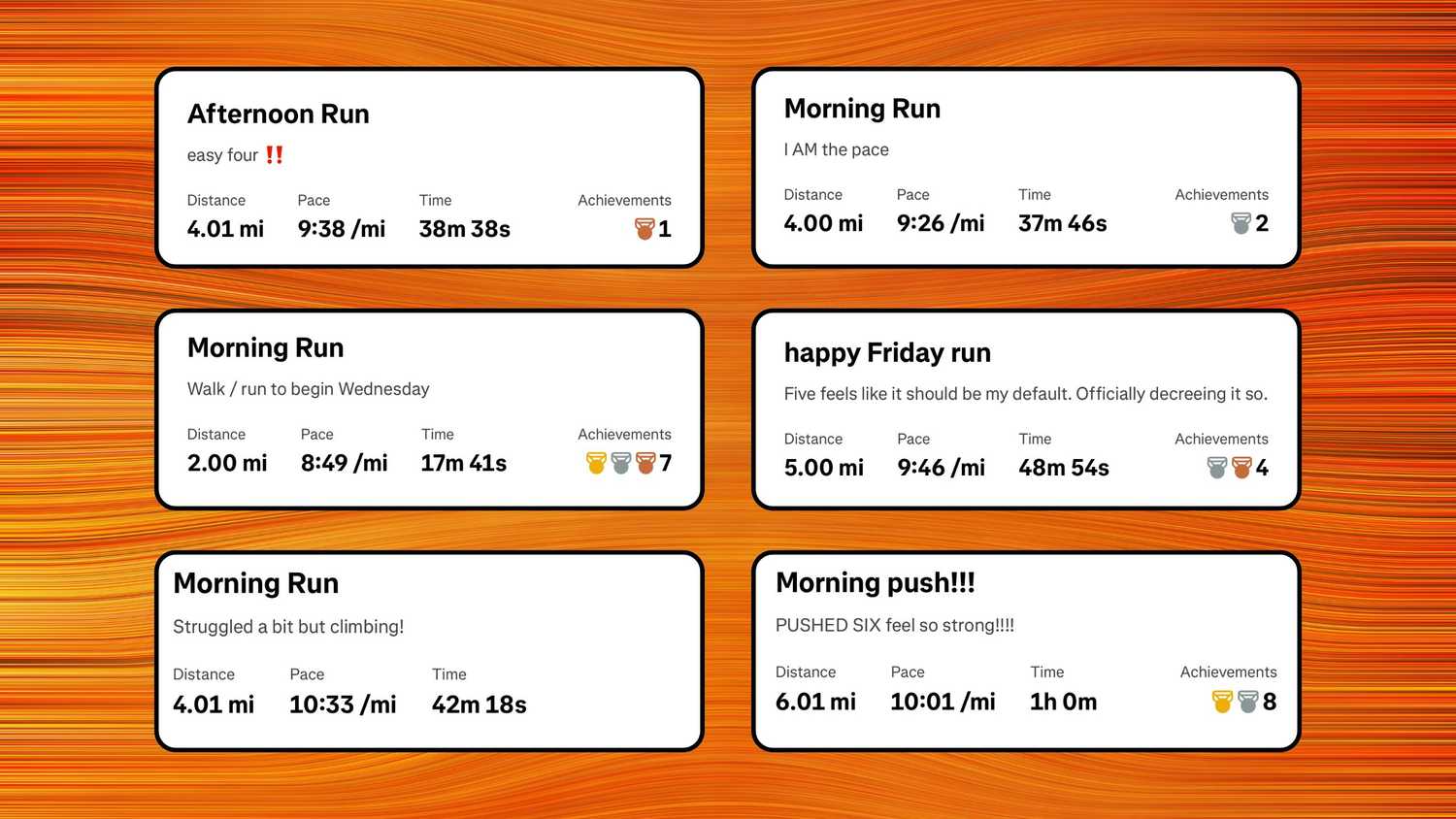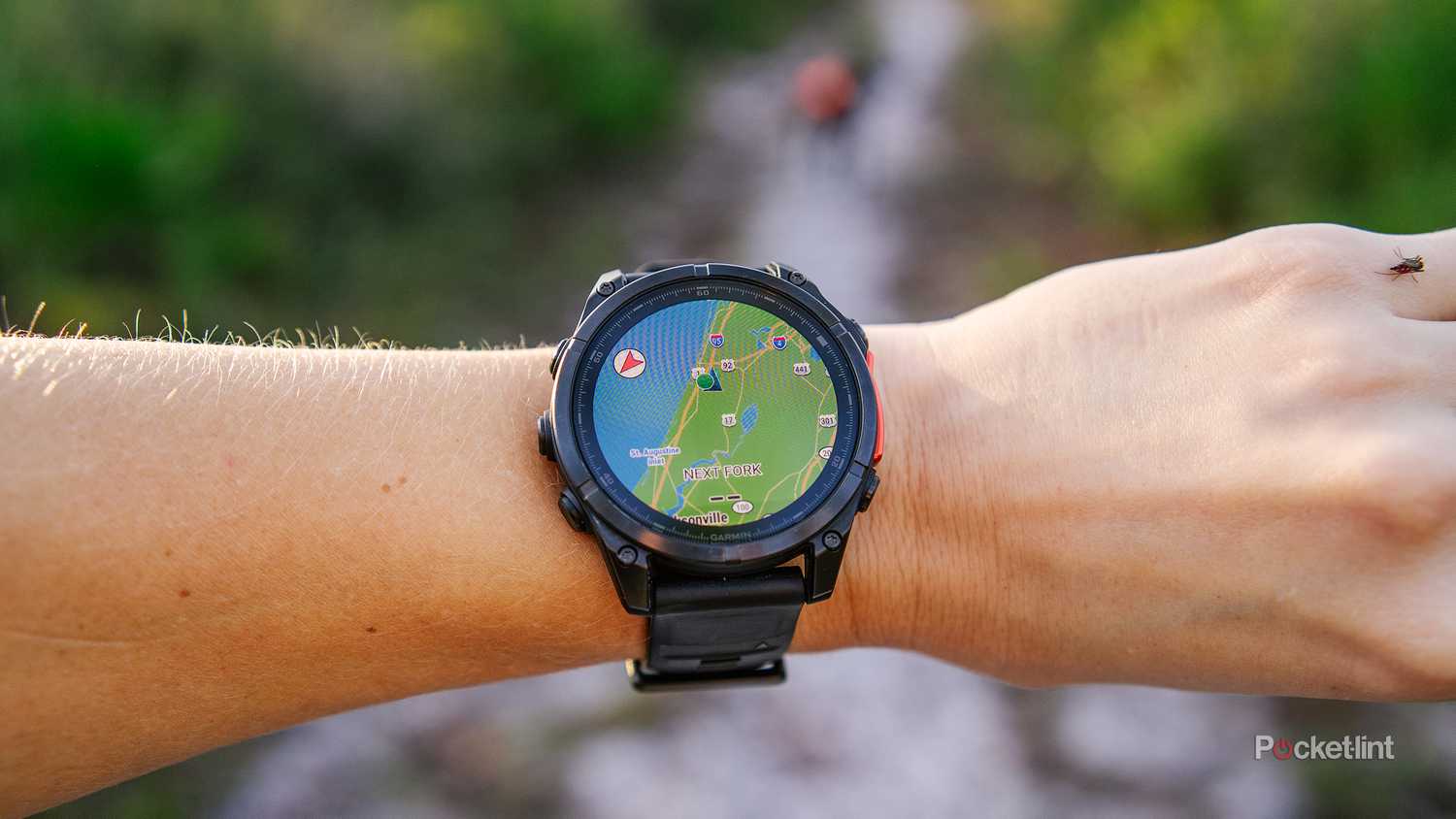There are three very different paths you find yourself on in your twenties: engaged, on a Japan trip, or training for a half-marathon. You can probably deduce which path by glancing up at the headline. If you’ve ever taken a run (or told anyone you have), you’re familiar with Strava: the activity-tracking app that doubles as a social media feed.
Strava is arguably the most popular app in the running community, even if Garmin users aren’t too happy with it at the moment. Whether you use the app itself to track your routes or cross-upload the data from a compatible wearable, Strava turns your activity into a post — complete with a map, distance, pace, time, and media of your choice. It lands right on a feed where your friends or followers can comment, share, or simply give you ‘Kudos’ for your effort — which feels infinitely better than a measly Instagram-like.
Back to the wearable world, though. If you sync up a GPS-powered fitness tracker (such as a Garmin or Fitbit), you may notice a slight discrepancy between what distance your watch says you ran versus what Strava logs on the app. Known infamously as the Strava Tax, here’s why your runs are coming up (literally) short on the social media platform where every mile matters.

- Developer
-
Strava Inc.
- Subscription cost
-
Free, $11.99/month or $79.99/year for individual plan, $139.99/year for a family plan with 4 accounts
Strava is an activity-tracking app popular among runners, cyclists, and fitness-forward folk. Users can share their activities and statistics to a social media feed on the app.
What is the ‘Strava Tax?’
Yes, it wants you to finish that 0.007 of a mile
Strava proclaims itself “the ledger of record for human activities,” and it’s a title it doesn’t take lightly. The fitness-forward app is often condemned in early morning run club circles and on social media for uploading a slightly different data recording to its app when taking data from a run you recorded on your third-party wearable, like the popular Garmin Forerunner or Fenix. On the surface (your phone screen), everyone can empathize with the question: what gives? If data is data, then why is Strava ‘taking’ what looks like .01 miles on the way from your smartwatch to your activity log? It sure feels like a tax.
Well, data is data. So much so that Strava took to its site and r/Strava to do some explaining.
Let’s say you went for a 10-mile run with your trusty Garmin Forerunner — the device itself records 9.999 miles. In the grand scheme of the sidewalk, 9.999 miles is basically 10 miles. However, in the data world, 9.999 is not, in fact, exactly 10 miles. There’s 0.001 miles between 9.999 and 10 exactly, which is roughly five feet (or 5.28 feet if you want the raw data).
While your wearable might round that up to 10 for the sake of looking less clunky, Strava receives that exactly 9.999-mile record. This is where the ‘tax that takes nothing’ comes in.
What does Strava do to third-party data?
Come as you are, decimals
Strava doesn’t care if there were five feet between you and that 10-mile mark. It keeps the second decimal point (or the hundredth) and rounds down after that. So, that raw 9.999 on your wearable shows up as 9.99 in Strava. Here’s a visual to help you wrap your mind around it:
|
Device display |
Raw data sent to Strava |
Strava display (rounded down) |
|---|---|---|
|
10.00 miles |
9.993 miles |
9.99 miles |
|
10.00 miles |
9.999 miles |
9.99 miles |
|
1.00 kilometers |
0.991 kilometers (991 meters) |
0.99 km (even though some wearable devices immediately jump to 1.00 km display at 991 meters) |
Yes, Strava consistently rounds down, even after cutting the raw data after two decimal places. The company’s justification is simple: let’s say I was running that half-marathon I mentioned earlier — if my watch told me that I had finished all 13.1 miles, and I was still 25 feet from the finish line, would I stop and call it a race? No way. If anything, I’d sprint through that checkerboard-painted pavement even faster.
It’s nothing personal
But you can do something about it
Strava isn’t ‘taxing’ your runs. In fact, take this as reassurance that it actually cares about your progress and true data. However, it can be frustrating to see a run you’re proud of fall short on Strava — the one and only place you really get to show it off to other athletes.
Some users, myself included, have taken matters into our own hands. To combat the ‘Strava Tax,’ run until you meet the distance you desire, plus 0.01. That way, Strava will receive data that’s much more likely to have what you want in the first and second decimal places.
Other runners, like the ones below, decide to lean into the data collection throughout the race. If Strava stops you from corner cutting in general, isn’t it doing its job as a fitness-forward platform? I say so.




